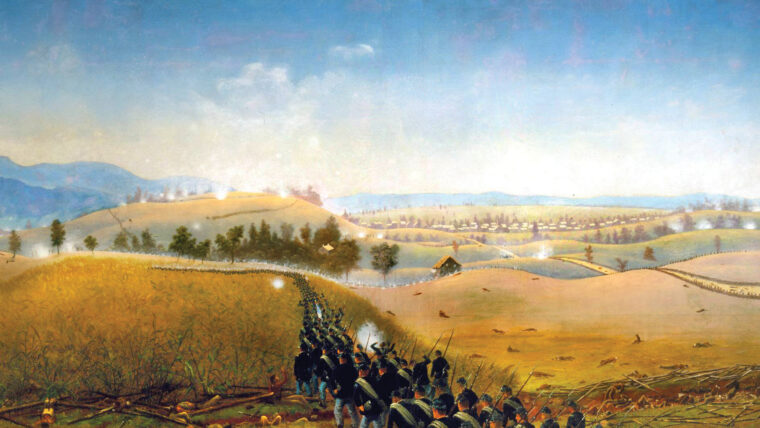
Civil War
A Fierce Glory: The Battle of Antietam
By Christopher Miskimon
In the late afternoon of September 17, 1862 the 7th Maine Regiment received new orders. The Battle of Antietam had raged throughout the day. Read more
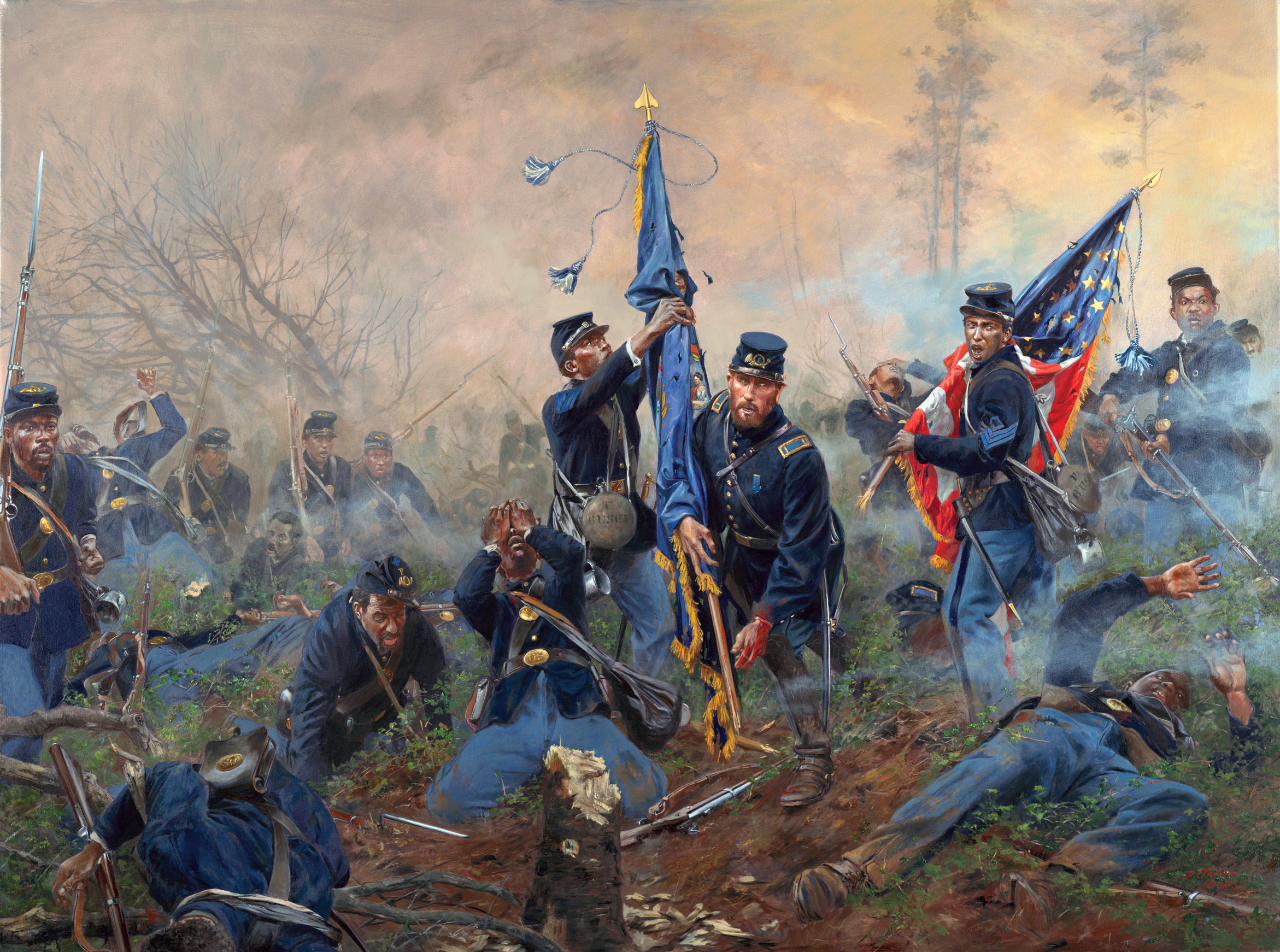

Civil War
By Christopher Miskimon
In the late afternoon of September 17, 1862 the 7th Maine Regiment received new orders. The Battle of Antietam had raged throughout the day. Read more
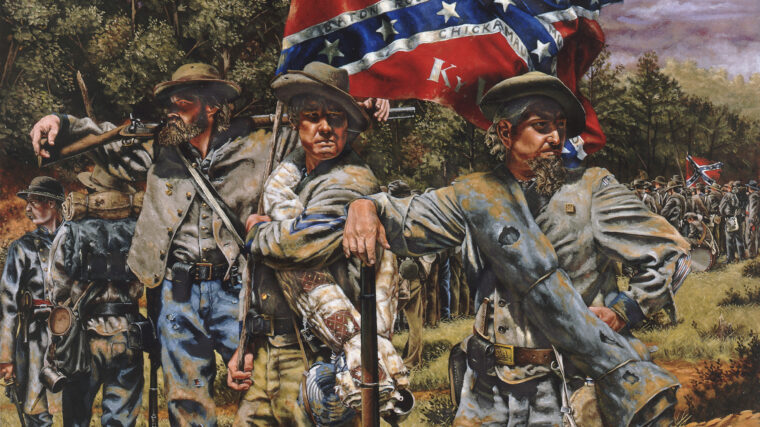
Civil War
On April 15, 1861, three days after the bombardment of Fort Sumter, President Abraham Lincoln issued a call for 75,000 volunteer troops. Read more
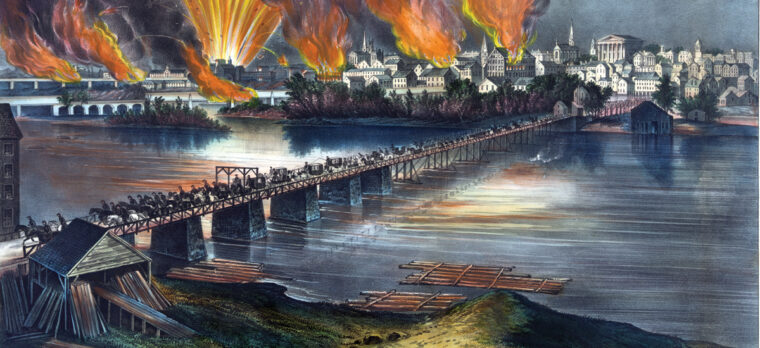
Civil War
When the end came, on April 2, 1865, Confederate President Jefferson Davis was sitting in his customary pew at St. Read more
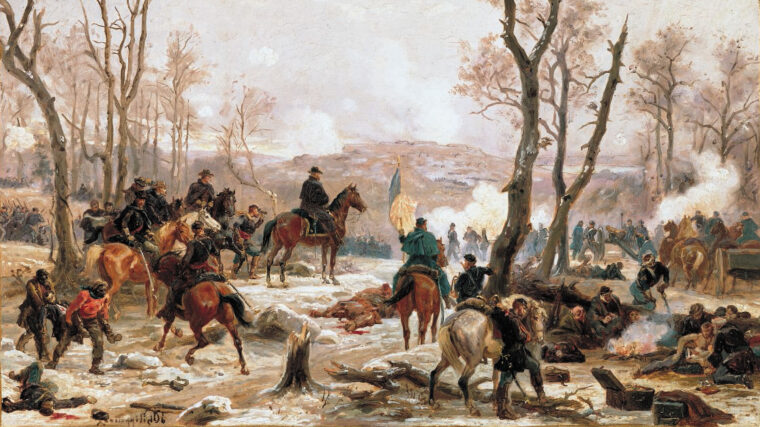
Civil War
One evening around Christmas of 1861 Union Maj. Gen. Henry “Old Brains” Halleck, commanding the Department of Missouri, dined with his chief of staff, Brig. Read more
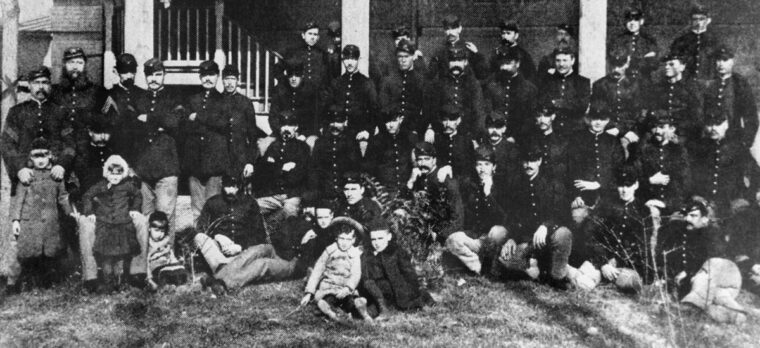
Civil War
On May 15, 1862, a five-ship Union Navy squadron that included the ironclad USS Galena, gunboats Aroostook, Port Royal, Naugatuck, and the famous Monitor neared a bend in the James River known as Drewry’s Bluff, where Confederate Fort Darling commanded the passage. Read more
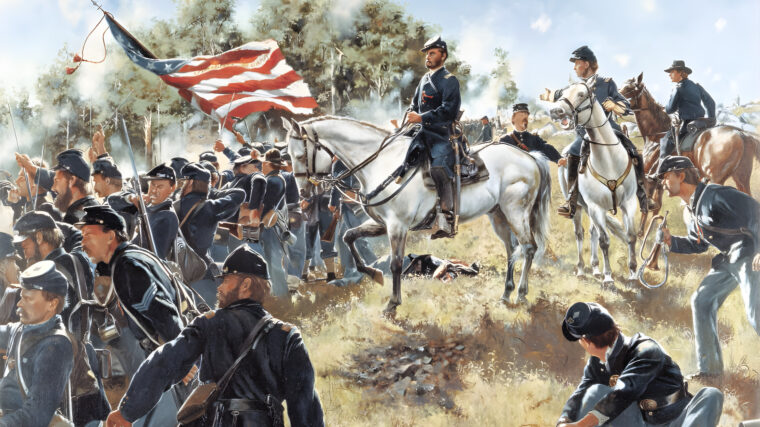
Civil War
The struggle for the Devil’s Den at Gettysburg occurred on July 2, 1863, under a hot and cloudless afternoon. Read more
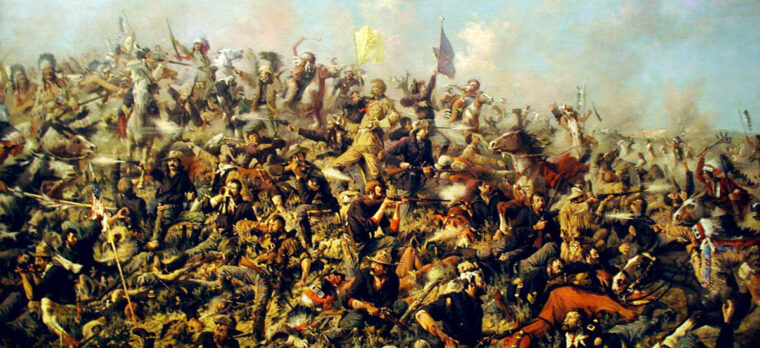
Civil War
Practically all students of military history know of George Armstrong Custer the cavalry officer, Civil War hero, and dashing, controversial Indian fighter ultimately killed at the Battle of the Little Big Horn in 1876. Read more
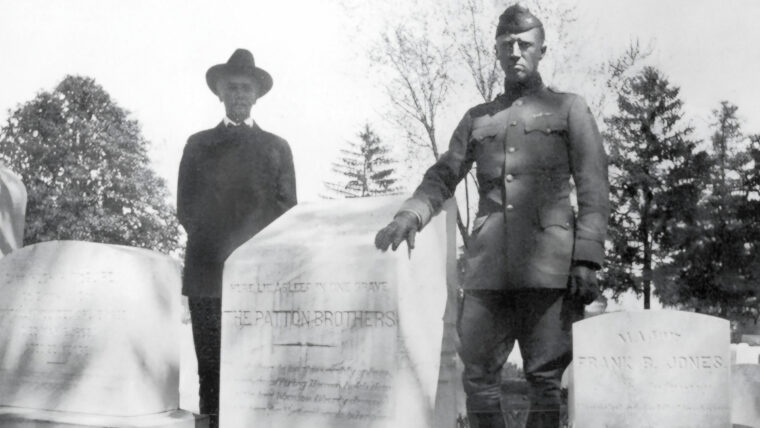
Civil War
The famed general of World War II, George S. Patton III, often spoke with pride of the military deeds of his forefathers. Read more
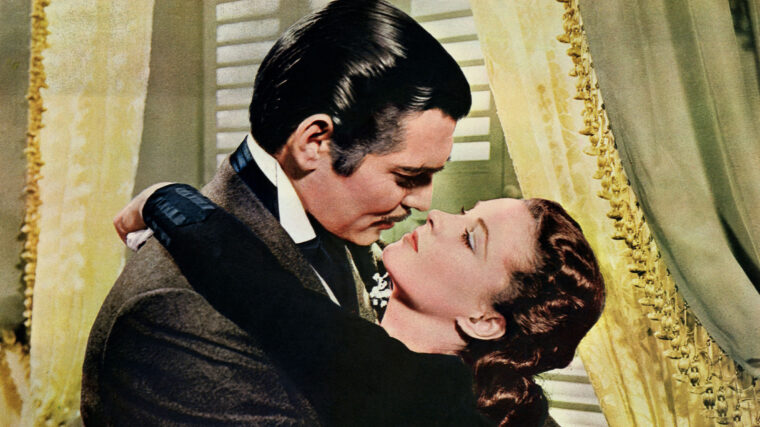
Civil War
World War II, America’s last “good war,” has always been a fruitful source for homegrown moviemakers. Beginning with the wartime movies that shamelessly if sincerely promoted American efforts to rally against the fascist evils of Germany, Italy, and Japan, the silver screen gave audiences stirring depictions of brave GIs risking and sacrificing their lives for the greater good. Read more
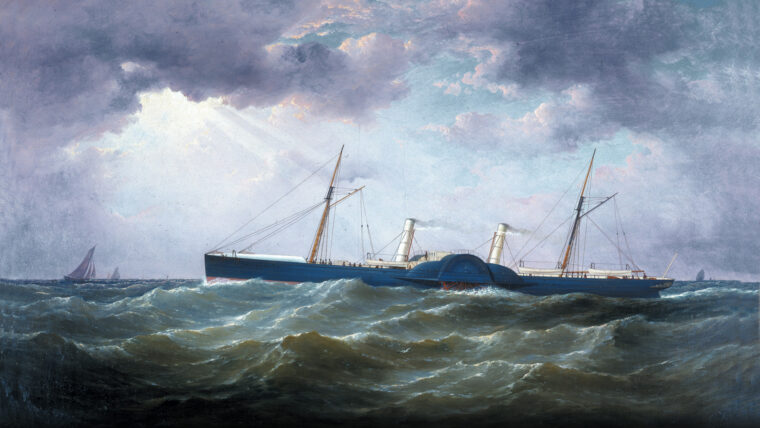
Civil War
Despite the increasing effectiveness of the Union naval blockade, more and more steamers plied the waters between the few remaining Confederate ports and Nassau, St. Read more
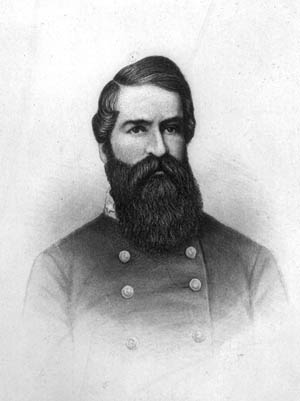
Civil War
Even in an army not lacking for larger-than-life figures, Confederate cavalry leader Turner Ashby stood out from the crowd. Read more
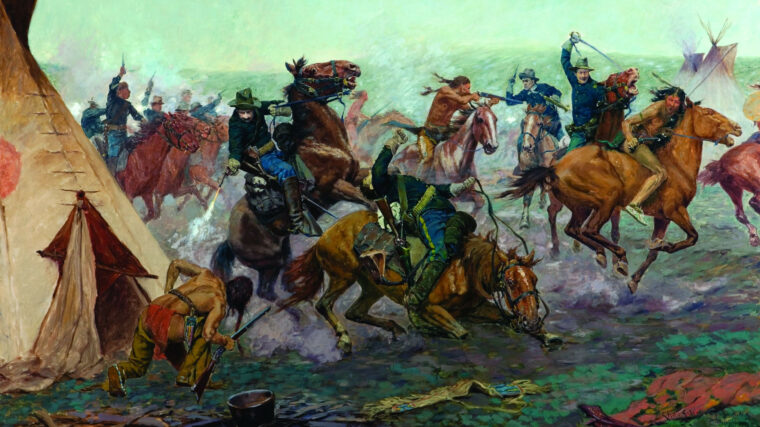
Civil War
The conclusion of the Civil War saw the painfully reunited nation resume its westward surge. Complicating that surge was the Indian question: how best to remove the Native American peoples from the paths of white expansion. Read more
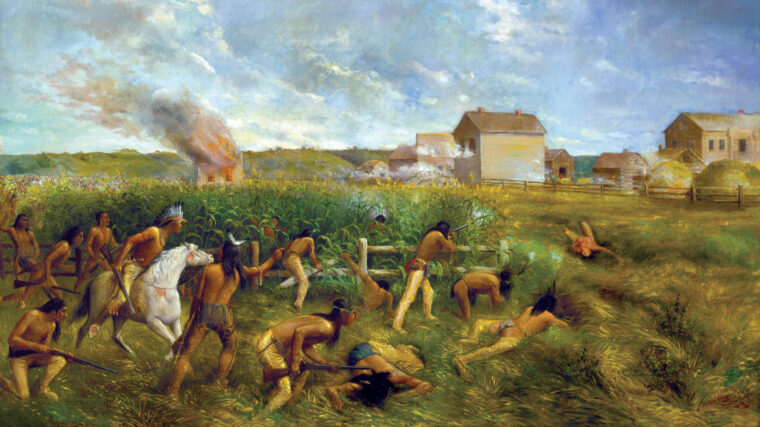
Civil War
Shortly after midnight on the morning of Monday, August 18, 1862, an uneasy group of Santee Sioux warriors arrived at the simple frame home of Taoyateduta, known to the whites as Little Crow. Read more
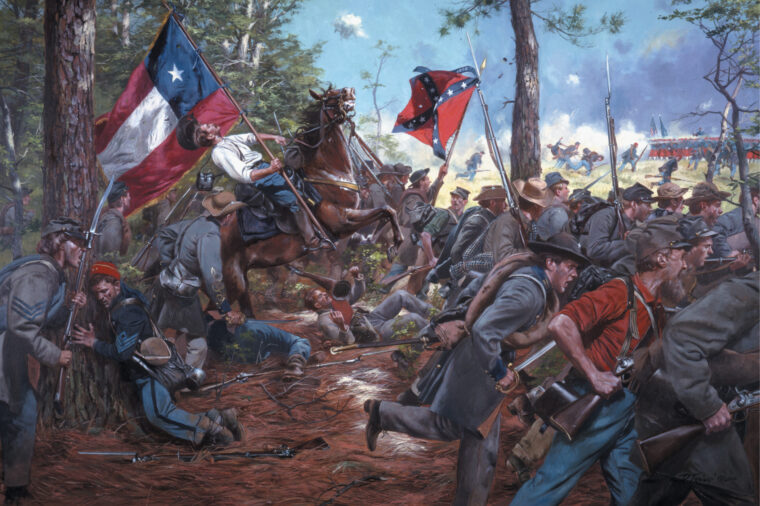
Civil War
Sent into north-central Virginia to threaten Richmond on a second front, McDowell had managed to get lost in the woods near Gainesville and lost touch with his command for 12 full hours. Read more
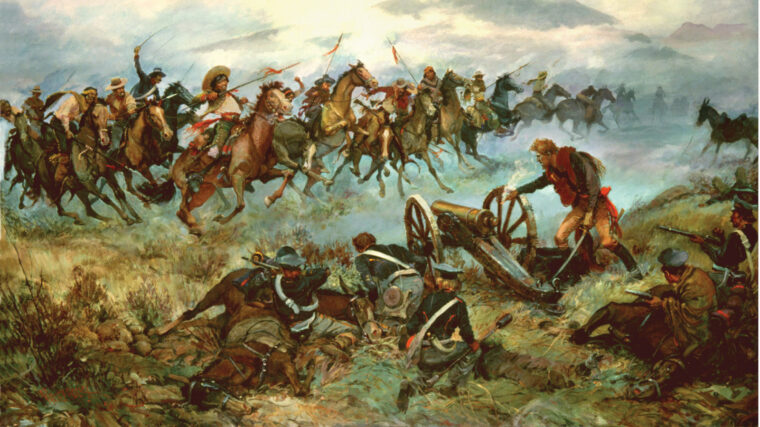
Civil War
The two Indian scouts ignored the gawking soldiers as they rode into where the bluecoated troops had bivouacked for the night at Mule Springs in the Texas Panhandle on November 24, 1864. Read more
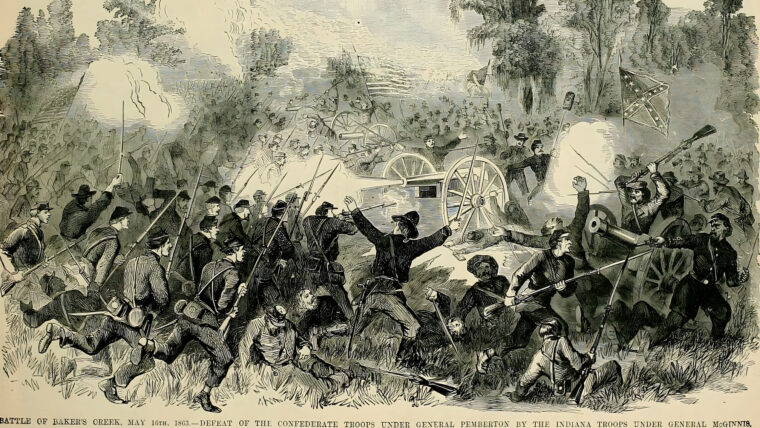
Civil War
When Confederate general John Bell Hood assumed command of the embattled Army of Tennessee at Atlanta in mid-July 1864, he was already grievously wounded in both body and spirit. Read more
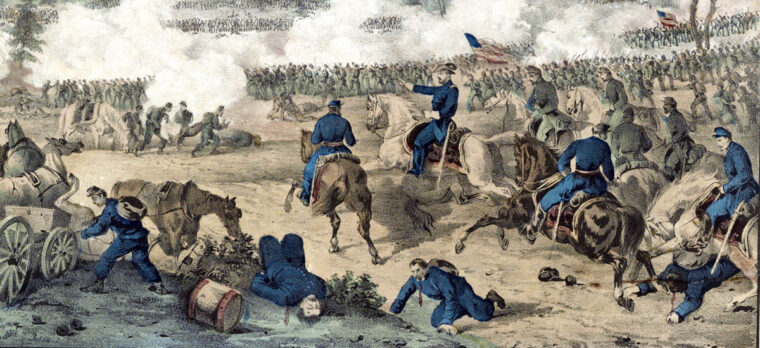
Civil War
The year 1864 was shaping up to be a critical one in the three-year-long Civil War. During the previous year, Federal armies had gained control of the Mississippi River and consolidated their grip on Tennessee. Read more
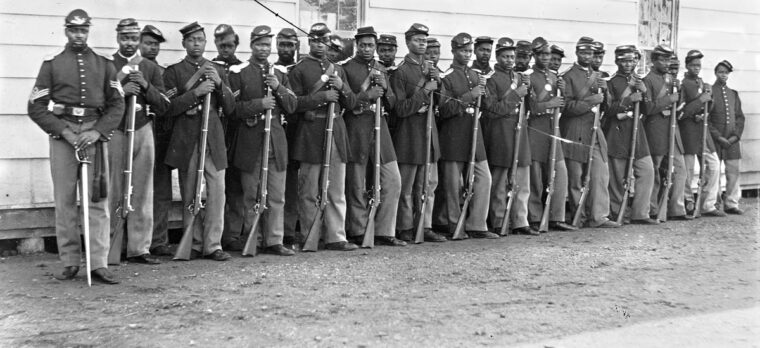
Civil War
Although several overzealous Union Army field commanders organized African Americans into ad hoc militia units early in 1862 and several black regiments were mustered into service later that year, it wasn’t until after President Abraham Lincoln’s Emancipation Proclamation took effect on January 1, 1863, that the federal government began actively recruiting and enlisting black soldiers and sailors. Read more
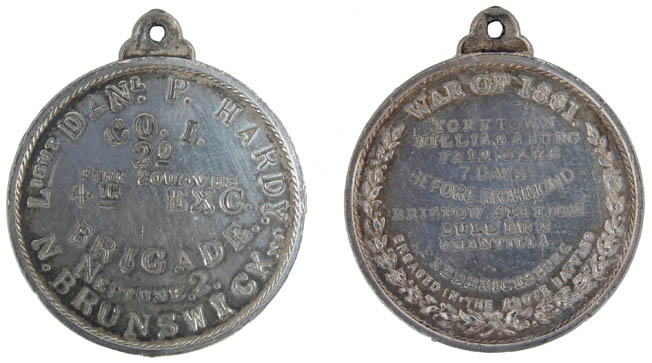
Civil War
The American Civil War may well have been the first major conflict in which soldiers felt the need to wear some sort of a personal identification badge in the event that they were killed or wounded in battle. Read more
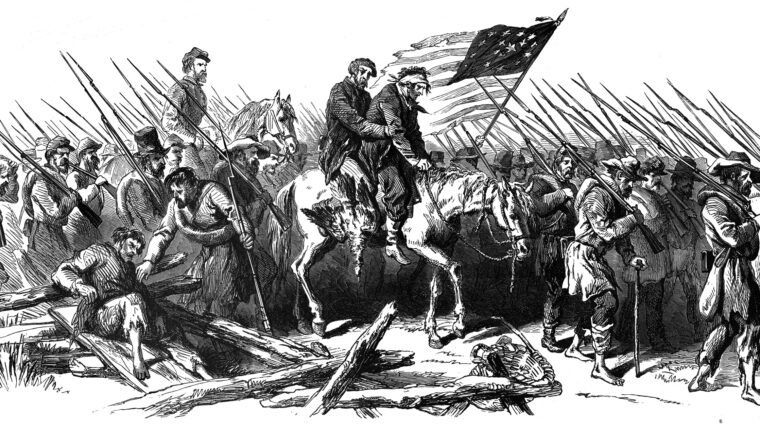
Civil War
While there is no discounting a solid analysis of the strategy and tactics behind a great battle or battles, such as the climactic twin battles of Cross Keys and Port Republic on June 8-9, 1862, from Maj. Read more